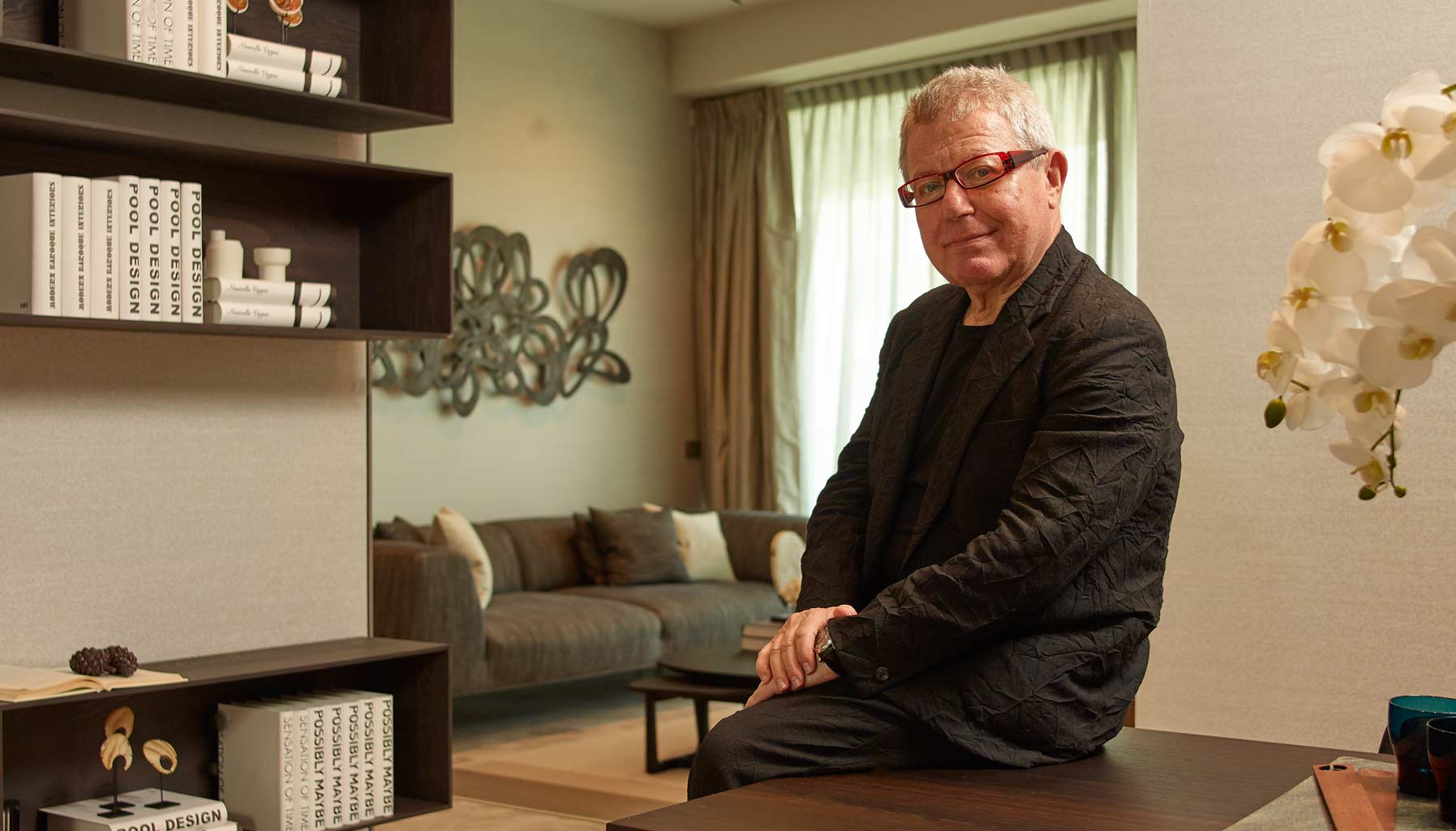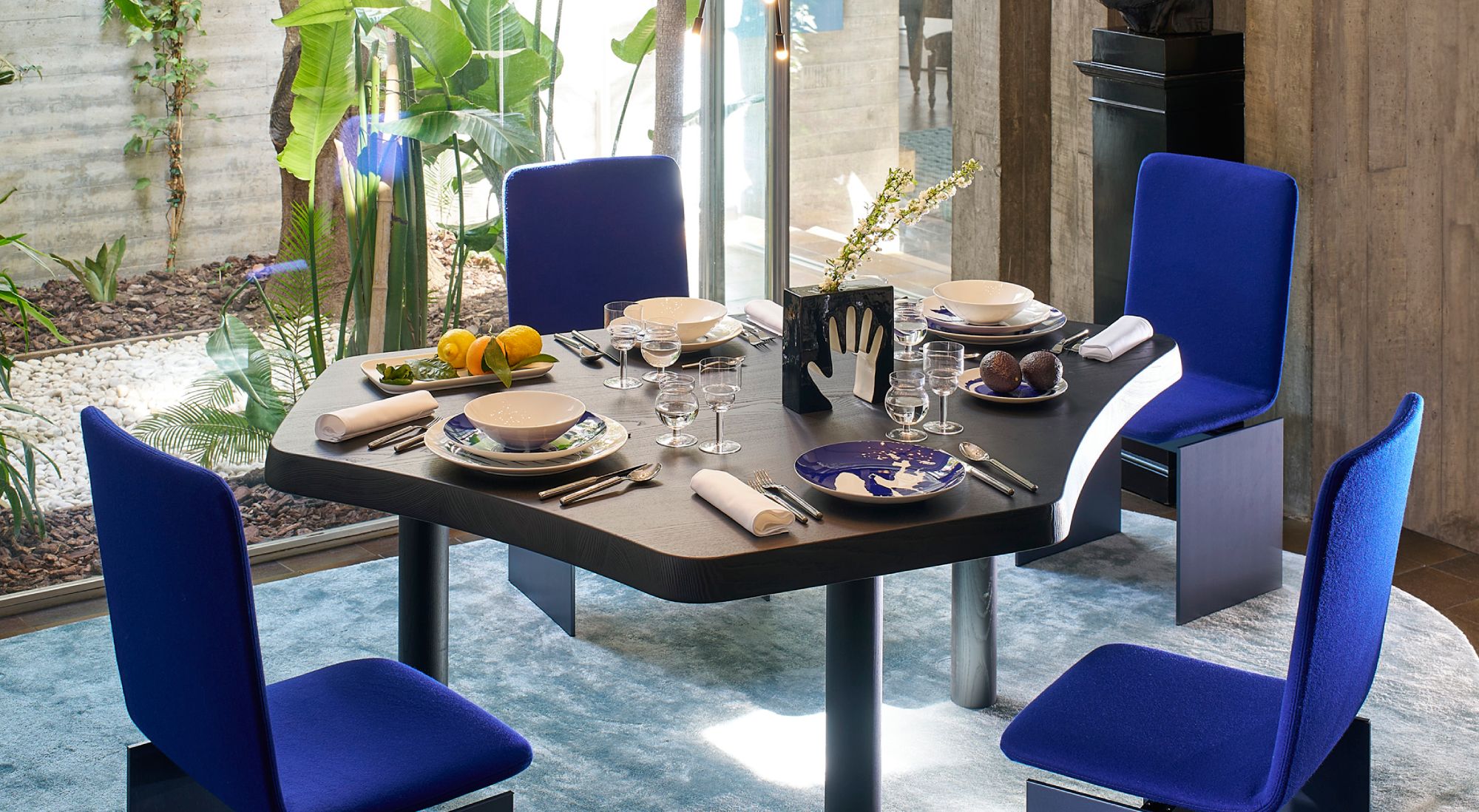Statute Of Liberty
In Singapore, starchitect Daniel Libeskind household name thanks to his work on Reflections at Keppel Bay, its dramatic forest of twisting spires piercing the island’s southern coastal skyline. By contrast, his latest project – Corals at Keppel Bay – is more nuanced, with its 366 units organised in a series of organic, undulating buildings that range in height from four to 12 storeys.
Globally, the 70-year-old principal of Studio Libeskind – who’s of Polish Jewish descent – is best known for designing institutions such as the Jewish Museum in Berlin and Danish Jewish Museum in Copenhagen, and for crafting the master plan for the reconstruction of the World Trade Center site in New York.
It’s been more than a decade since residential properties designed by celebrated architects started coming onto the market. Do you think the needs of homeowners and investors have changed since those early years?
I think people are very intelligent these days. They have access to information, such as how people in other parts of the world live. People don’t want repetition, transposing a bit of London or New York onto Singapore. They want uniqueness that’s connected to a place. And that’s a challenge. It’s a challenge to create views, spaces and intimacy. It’s about a community, not just an abstraction.
Because of its low-rise massing, Corals is not as distinctive on the skyline as Reflections is. Are you concerned that it isn’t as iconic?
I think it is iconic. There’s a subtlety and a delicacy to it. It’s not high-rise, but it takes only one glance to see how deliberate and delicate it is. It’s like a coral, which is very refined. It has a million facets that reflect light and nature. Not every icon says ‘look at me’, but if it’s a true icon, it radiates a certain energy and supports the life of people and families living there. It’s not about the facade, but about the pleasure and the joy of being here.
Would you say that this marks a shift in the way luxury properties are perceived … to something more inward- looking?
Yes. (Here,) the site suggests that. It’s lower at the front and higher towards the east. (The layout is) like a large open garden, with shared views within.
What emotions do you hope to stir in future residents of/visitors to Corals?
It’s evident that there’s a certain serenity here. The enjoyment of life. That’s what a home is for. To be able to celebrate the everyday.
How have your childhood experiences as a Holocaust survivor influenced your personal philosophy as well as your professional sensibilities?
It’s made me aware that the number one thing to cherish is liberty and freedom. (It’s made me consider) the ethics of space, the ethics of architecture, to see the world in a positive light and not to run with the crowds, necessarily.
Many of your projects are memorials to humanity’s worst tragedies. Has working on them – especially the Jewish Museum in Berlin and Danish Jewish Museum in Copenhagen – been a form of catharsis for you?
No. It’s just like working on everything else. It’s proof of the victory of life over tragic events. It’s (a way) to remember and heal the wounds. We look forward. We use that memory, not cover it up. We use it as a foothold for the future.
While you have designed a myriad prosaic projects, your best-known works are memorials and museums of trauma. Is being typecast as the go-to architect for that genre a concern for you?
Well, people can call me whatever they want. I think we’re all affected by the trauma. Who has not been affected by the Holocaust or by the atomic bombs in Japan? And if you’re affected by it, you have to act positively towards a different future, a better future, a peaceful future. And use architecture to create that kind of space.
Are you an optimistic person? Are you hopeful for the future of architecture and of humanity?
I would never be an architect if I did not believe in it. On top of that, I think it’s the only qualification you need to be an architect. Architecture is always building forwards into the future.






